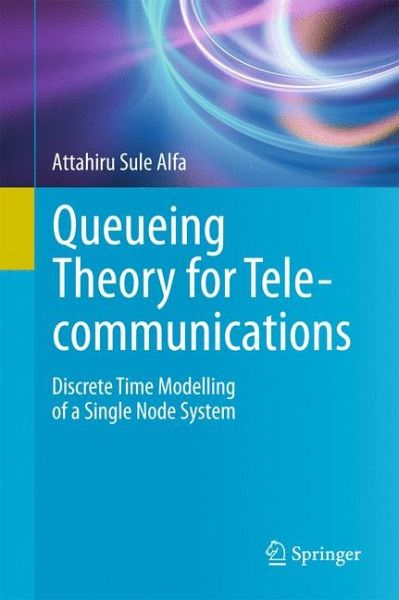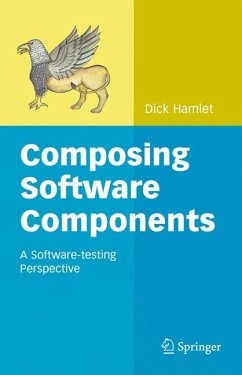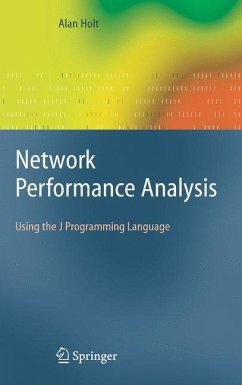
Queueing Theory for Telecommunications (eBook, PDF)
Discrete Time Modelling of a Single Node System
Versandkostenfrei!
Sofort per Download lieferbar
72,95 €
inkl. MwSt.
Weitere Ausgaben:

PAYBACK Punkte
36 °P sammeln!
Queueing theory applications can be discovered in many walks of life including; transportation, manufacturing, telecommunications, computer systems and more. However, the most prevalent applications of queueing theory are in the telecommunications field.Queueing Theory for Telecommunications: Discrete Time Modelling of a Single Node System focuses on discrete time modeling and illustrates that most queueing systems encountered in real life can be set up as a Markov chain. This feature is very unique because the models are set in such a way that matrix-analytic methods are used to analyze them....
Queueing theory applications can be discovered in many walks of life including; transportation, manufacturing, telecommunications, computer systems and more. However, the most prevalent applications of queueing theory are in the telecommunications field.
Queueing Theory for Telecommunications: Discrete Time Modelling of a Single Node System focuses on discrete time modeling and illustrates that most queueing systems encountered in real life can be set up as a Markov chain. This feature is very unique because the models are set in such a way that matrix-analytic methods are used to analyze them.
Queueing Theory for Telecommunications: Discrete Time Modelling of a Single Node System is the most relevant book available on queueing models designed for applications to telecommunications. This book presents clear concise theories behind how to model and analyze key single node queues in discrete time using special tools that were presented in the second chapter. The text also delves into the types of single node queues that are very frequently encountered in telecommunication systems modeling, and provides simple methods for analyzing them. Where appropriate, alternative analysis methods are also presented.
This book is for advanced-level students and researchers concentrating on engineering, computer science and mathematics as a secondary text or reference book. Professionals who work in the related industries of telecommunications, industrial engineering and communications engineering will find this book useful as well.
Queueing Theory for Telecommunications: Discrete Time Modelling of a Single Node System focuses on discrete time modeling and illustrates that most queueing systems encountered in real life can be set up as a Markov chain. This feature is very unique because the models are set in such a way that matrix-analytic methods are used to analyze them.
Queueing Theory for Telecommunications: Discrete Time Modelling of a Single Node System is the most relevant book available on queueing models designed for applications to telecommunications. This book presents clear concise theories behind how to model and analyze key single node queues in discrete time using special tools that were presented in the second chapter. The text also delves into the types of single node queues that are very frequently encountered in telecommunication systems modeling, and provides simple methods for analyzing them. Where appropriate, alternative analysis methods are also presented.
This book is for advanced-level students and researchers concentrating on engineering, computer science and mathematics as a secondary text or reference book. Professionals who work in the related industries of telecommunications, industrial engineering and communications engineering will find this book useful as well.
Dieser Download kann aus rechtlichen Gründen nur mit Rechnungsadresse in A, B, BG, CY, CZ, D, DK, EW, E, FIN, F, GR, HR, H, IRL, I, LT, L, LR, M, NL, PL, P, R, S, SLO, SK ausgeliefert werden.













